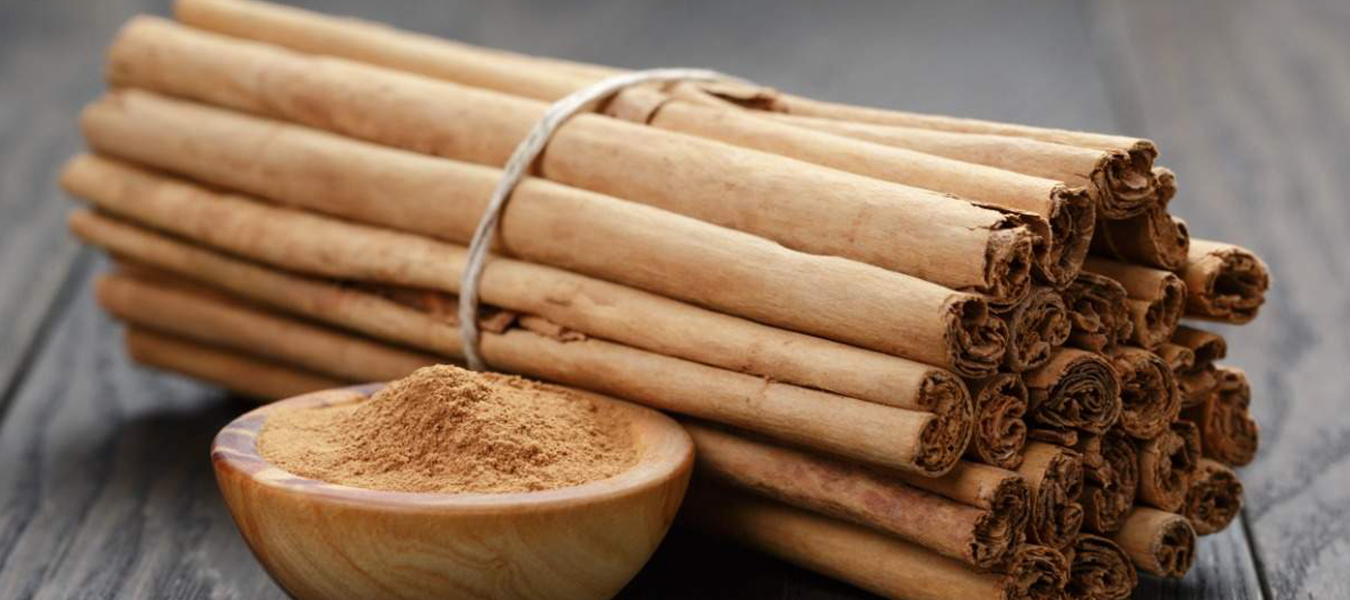

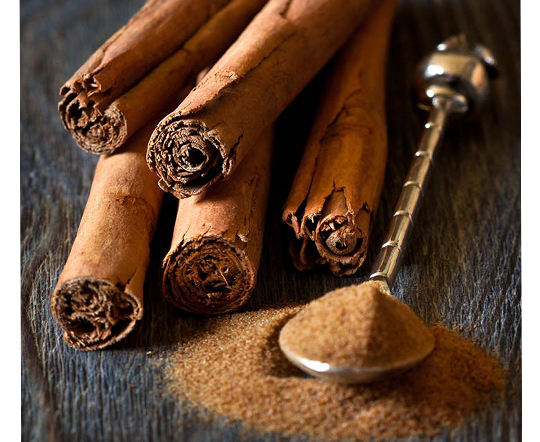
Cinnamon is a spice obtained from the inner bark of several tree species from the genus Cinnamomum. Cinnamon is used mainly as an aromatic condiment and flavouring additive in a wide variety of cuisines, sweet and savoury dishes, breakfast cereals, snack foods, bagels, teas, hot chocolate and traditional foods.
The aroma and flavour of cinnamon derive from its essential oil and principal component, cinnamaldehyde, as well as numerous other constituents including eugenol. Cinnamomum verum, called true cinnamon tree or Ceylon cinnamon tree is a small evergreen tree belonging to the family Lauraceae, native to Sri Lanka and the spice is derived from its bark.
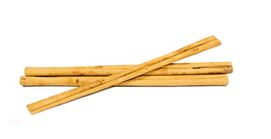
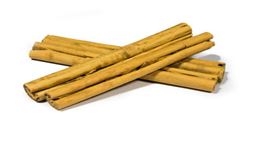
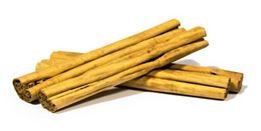
Cinnamaldehyde, the main active component of cinnamon, may help fight various kinds of infection. Cinnamaldehyde is an essential oil that inhibits certain bacteria like salmonella and also controls respiratory infections caused by fungi.
Antioxidants can reduce oxidative stress that has been proven to damage cells and is rich in antioxidants such as choline, beta carotene, alpha-carotene.
Cinnamon fights against the infection and repair damaged tissue. Cinnamaldehyde present in it helps to reduce the swelling and prevent blood platelets from clumping together. It is useful in acute as well as chronic pain conditions such as arthritis.
Enhances the blood circulation and pushes circulation to the joints where blood circulation is disturbed.
Cinnamon has anti-cancerous properties. It inhibits the growth of cancer cells and prevents the formation of blood vessels in tumors. Daily consumption of cinnamon provides a protective action against cancer, particularly colon cancer.
Cinnamon consumption has been shown to improve symptoms in type 2 diabetes by improving insulin sensitivity and cholesterol levels.
Cinnamon improves sugar balance in the brain, which helps to improve cognitive functions. Studies show that cinnamon alone protects brain cells from the harmful effects of a high sugar diet, including high levels of sugars in the blood and reduced sugar utilization in brain cells.
Cinnamon is best for skin health. It helps to reduce the acne forming bacteria and helps keep skin smooth.
Cinnamon is a neuro-protective that helps neurons and improves motor function. Compounds found in cinnamon inhibit the growth of a protein named-tau in the brain-it is one of the trademarks of Alzheimer’s disease.